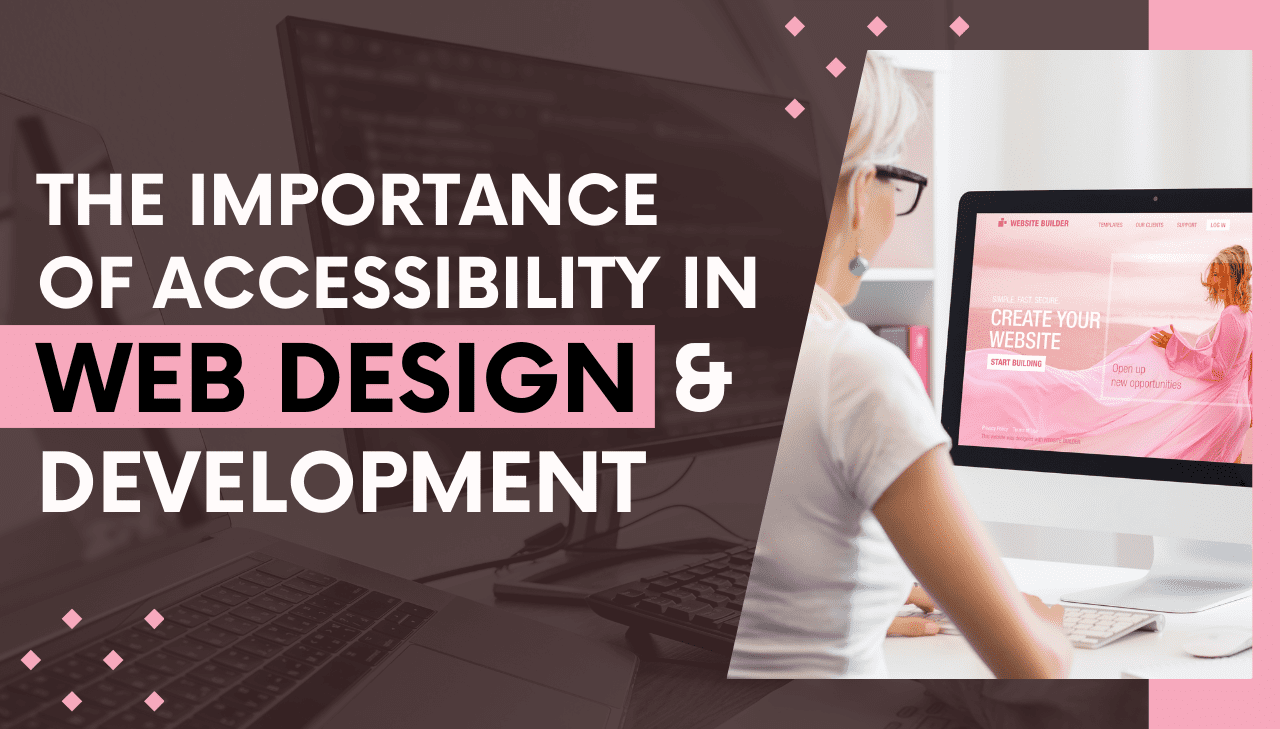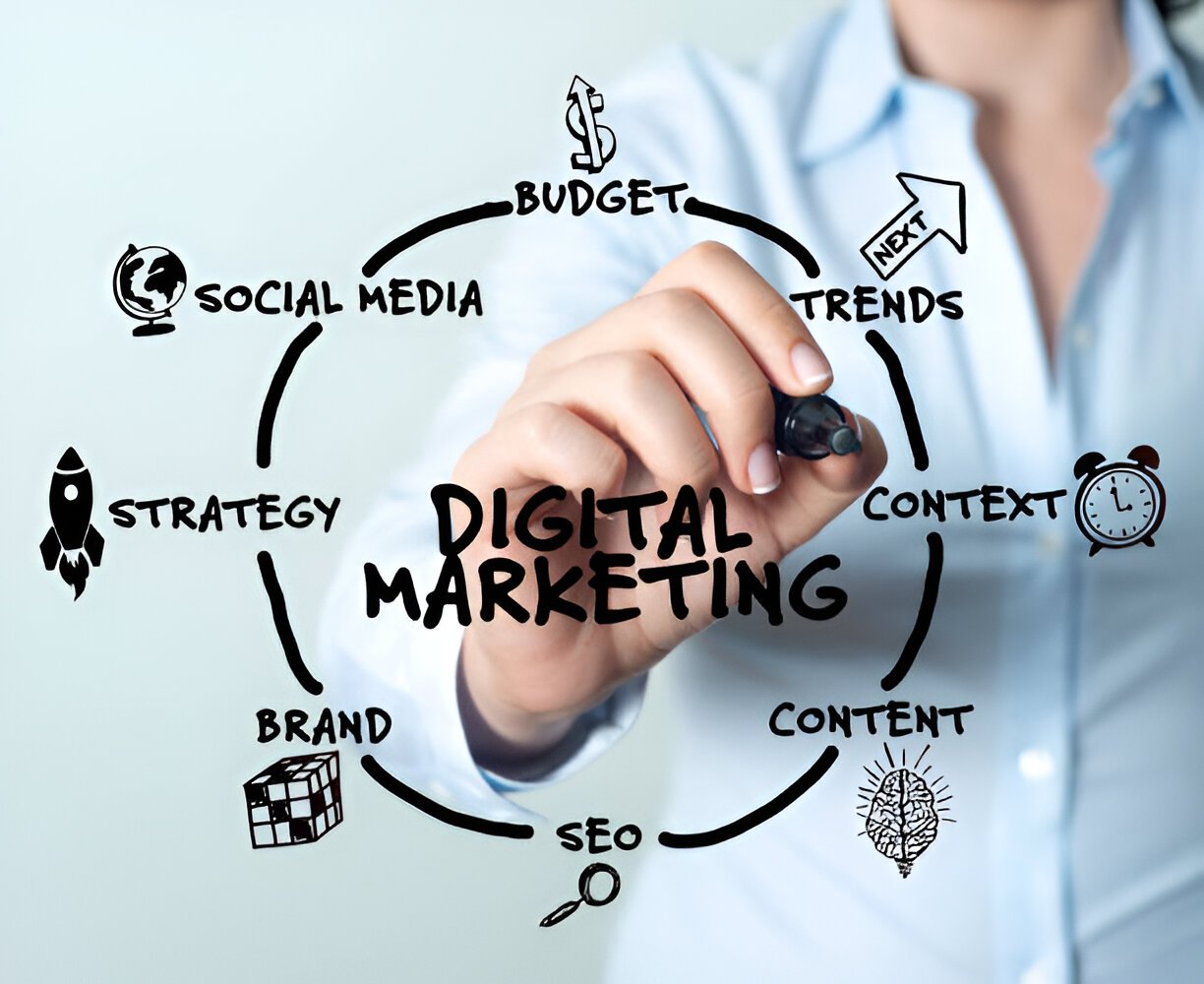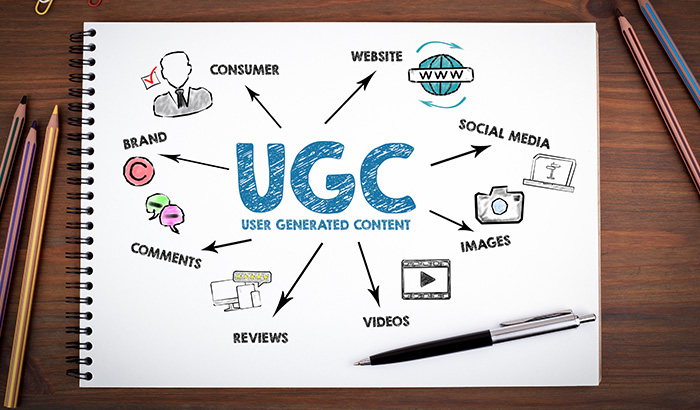Query Form
Query Form
Optimize Your Website's End User Experience
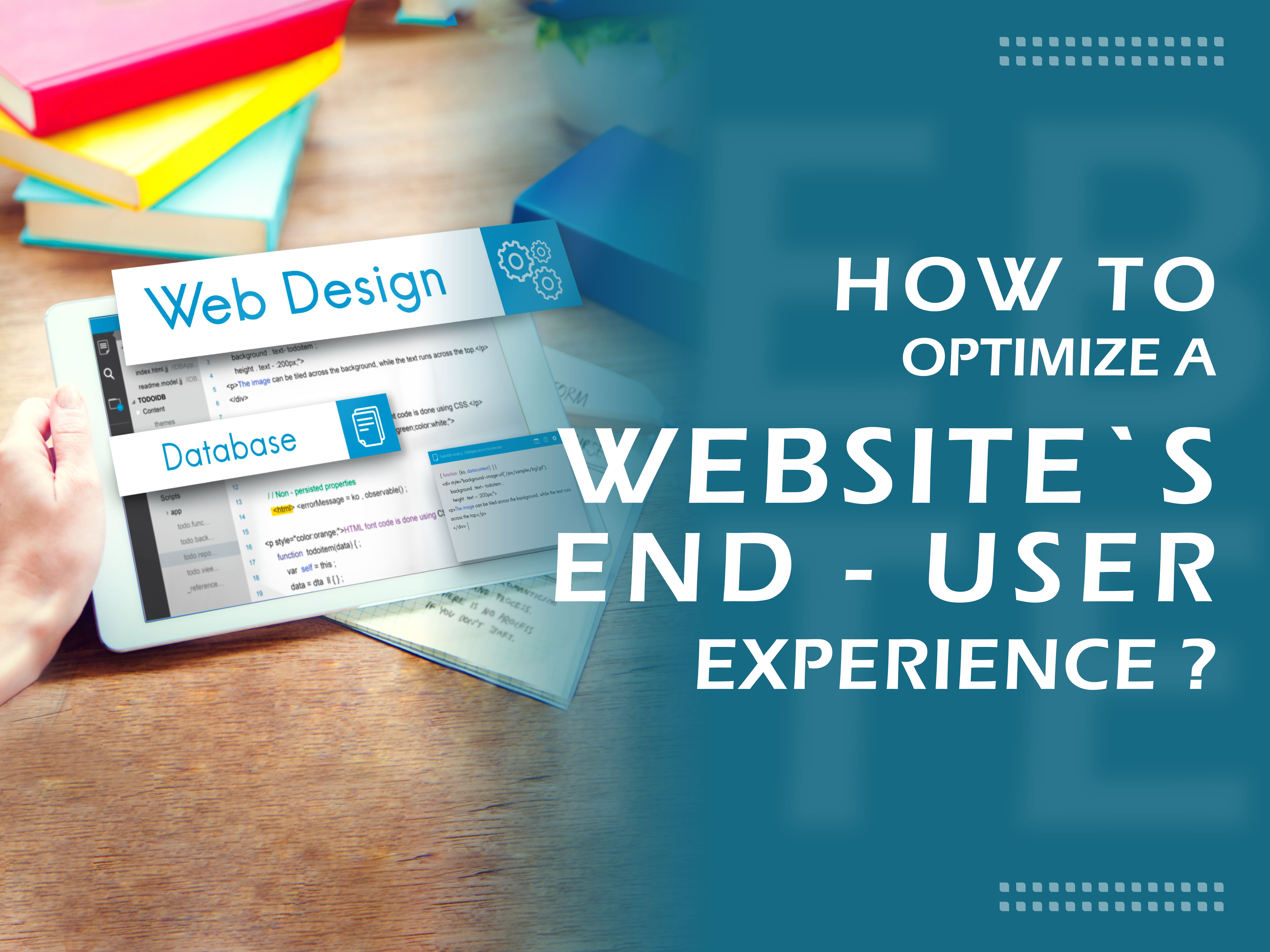
#1. What is Optimize Your Website's End User Experience
In the digital age, a website's success hinges not only on its aesthetics but also on its user experience (UX). Users expect seamless navigation, quick loading times, and an intuitive interface. It is therefore essential to optimize your website for the User Experience to attract and retain visitors. To improve the user experience of your website, here are some key strategies:
1. Streamlined Navigation: User confusion and frustration can result from complex navigation. To give users easier access to what they are looking for, you can organize the content of your website clearly and intuitively which will enhance their experience. To provide context assistance and navigation, consider implementing user-friendly navigation patterns such as sticky menus, breadcrumb mega menus for complex sites, and navigation paths.
2. Mobile Responsiveness:The majority of web traffic is carried out on mobile devices, and websites must be optimized for smaller screens. To provide a consistent and enjoyable browsing experience for all users, responsive design ensures that your website adapts smoothly to different devices and screen sizes. To ensure that your website is perfect for mobile device use, prioritize the principles of MobileFirst design.
3. Fast Loading Speeds: Users are expecting fast-loading websites in today's dynamic Internet world. It is not only the users who are frustrated by slow-loading websites but also the ranking of the search engines that are negatively affected. By compressing images, minifying CSS and JavaScript files, and using browser caching, you can optimize your website's performance. To ensure consistency of performance, it is also important to optimize server response times and use a reliable host provider.
4. Engaging Content: The key to a great user experience is compelling content. Develop high-quality, relevant content that addresses the needs and interests of your target audience. To captivate users and keep them engaged, use storytelling techniques, interactive elements as well as multimedia content. To build trust and credibility, incorporate user-generated content such as reviews and testimonials.
5. Clear Call-to-Actions (CTAs): Well-designed CTAs guide users toward desired actions, whether it's making a purchase, subscribing to a newsletter, or downloading a resource. To encourage conversion, use a visually prominent button, persuasive language, and strategic placement. A/B testing different CTA variations can help determine which ones resonate best with your audience and drive the highest engagement.
6. Accessibility Features: Web accessibility ensures that all users can access and interact with your website, in addition to disabled persons. Implement accessibility features such as alternative text for images, keyboard navigation support, and semantic HTML markup. Not only does compliance with accessibility standards improve the accessibility of your website, but it also improves its overall usability and search engine optimization.
7. A/B Testing: To improve the user experience over time it is necessary to continuously test and optimise. To identify areas for improvement, perform A.B. tests to compare different design elements, layout, and content changes as well as analyze user behavior. Use data-driven insights to refine your UX strategy and make informed decisions about website optimization.
8. Intuitive Design: User satisfaction and positive perception of your brand are enhanced by a visually appealing and intuitive design. To create a visually pleasing layout that prioritizes readability and usability, whitespace, color psychology or typography should be used. The consistency of design elements such as fonts, colors, and imagery contributes to the strengthening of a brand's identity and improves user recognition and memory.
In conclusion, optimizing your website for user experience requires a multifaceted approach that addresses various aspects of design, functionality, and content. You can build a website that not only attracts visitors but also keeps them engaged and satisfied to drive conversions and achieve your objectives by implementing these optimization strategies.
Query Form
Follow Up on Social Media for Daily New Search Engine Update
Subscribe to Get the Latest Updates on the Search Engine World and How We Can Help Your Business
Note: Please enter a valid email id
Let’s Get to Talkin’
Support
Mail us for:
Complaint/Suggestion
Call Us
+91 9992229755
+91 98759 29761
Our Trusted Partners

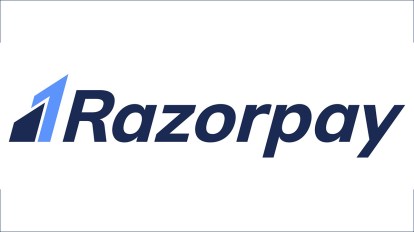

© 2025 Career Infowis IT Solutions. All Rights Reserved.





